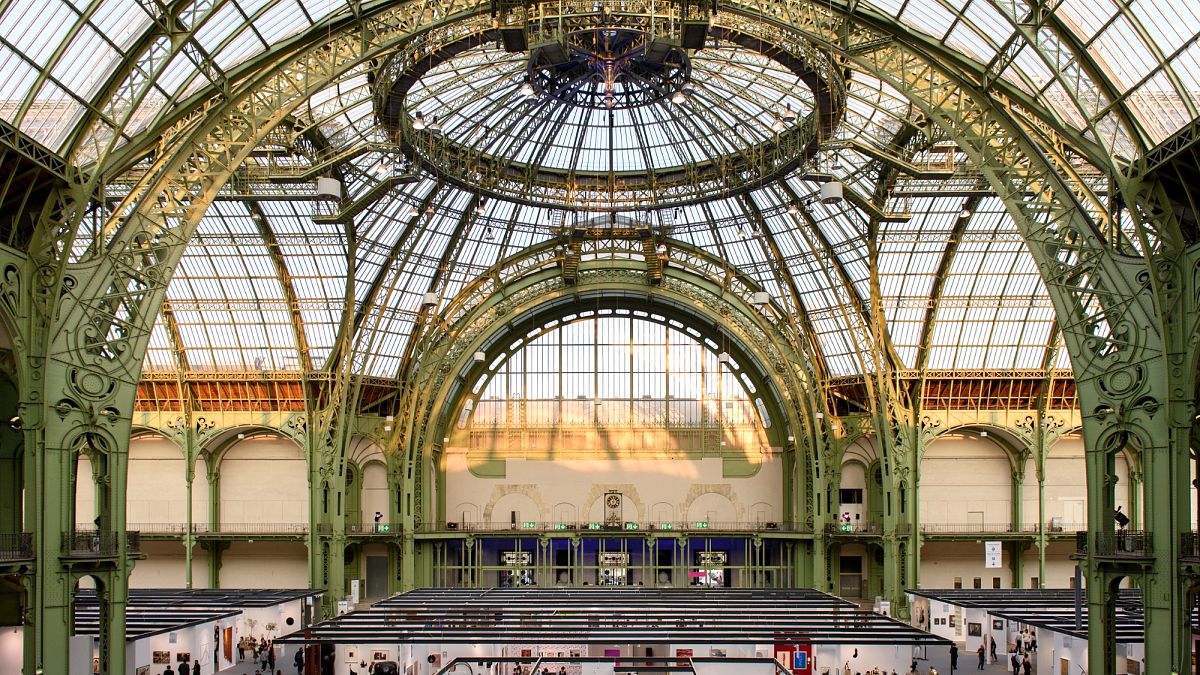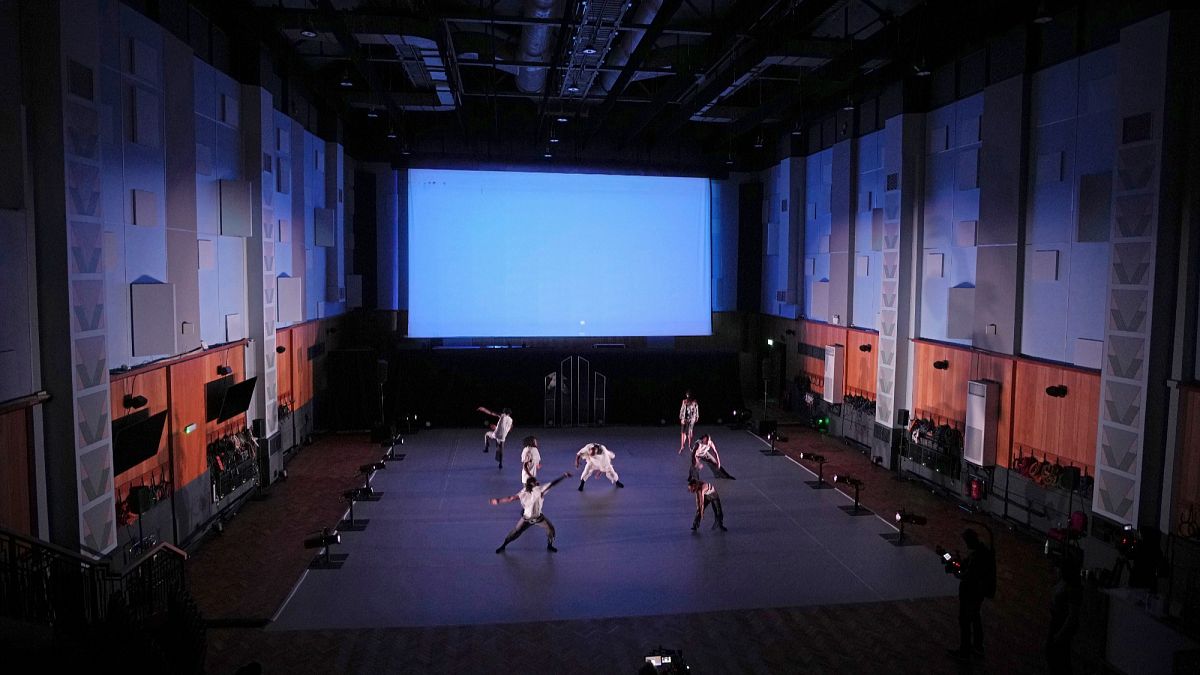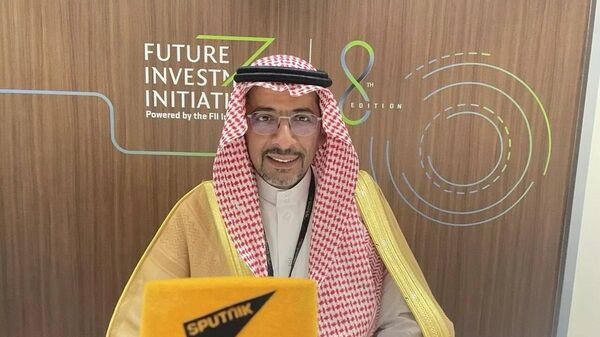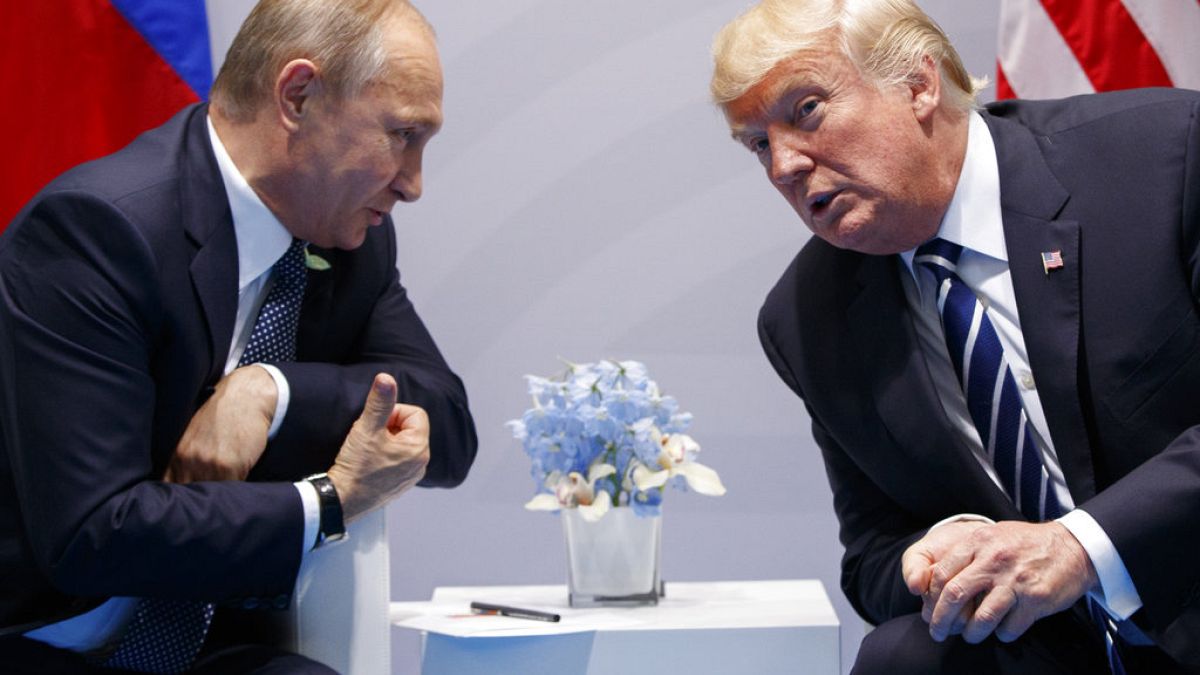Most visitors to Uzbekistan stick to the Silk Road tourist trail, exploring the mosques and madrasas of Samarkand, Bukhara and Khiva, and perhaps the intriguing mix of Islamic and Soviet modernist architecture of the capital, Tashkent.
Amid the remote, arid landscapes of northern Uzbekistan, however, artists, architects, ecologists, and activists are gathering in a city less frequented by international visitors.
Nukus, the regional capital of Karakalpakstan, is playing host to the inaugural Aral Culture Summit: a potential springboard for sustainable transformation and cultural renewal in the Aral Sea region, once the fourth-largest lake in the world and now often seen as a tragic symbol of environmental neglect and its devastating consequences.
Spearheaded by the Uzbekistan Art and Culture Development Foundation (ACDF), this summit will set the stage for a unique cross-disciplinary dialogue on how art, culture, design, and science can transform the region's future.
The Aral Sea crisis
The collapse of the Aral Sea is one of the largest man-made environmental disasters in history.
During the 1960s, the Soviet Union diverted water from the Amu Darya and Syr Darya rivers for agricultural irrigation, drastically reducing the amount of water flowing into the Aral Sea. By the 1980s, the Sea had shrunk to less than half of its original size, and by 2007, much of the northeastern part had dried up completely.
The results were devastating. Once abundant fish populations disappeared, biodiversity plummeted, and the local economy, which relied on the Sea, collapsed. The region's residents, particularly in the town of Moynaq, were left with the remnants of what was once a thriving fishing industry.
Now, what remains is a vast, barren seabed, often whipped up by dust storms carrying salt and toxic chemicals.
Uniting science and culture
Rather than looking at this backdrop as purely a bleak cautionary tale, beyond redemption, the Aral Culture Summit offers an invitation to ask and discuss: Can we use the lessons of the past and harness culture and heritage to inspire change?
For Gayane Umerova, Chairperson of the ACDF, culture and environment are fundamentally intertwined.
“For centuries Uzbekistan’s rich heritage and traditions have been intrinsically linked to and informed by our environment,” she says. “We believe the creative industries can have a role in helping us develop long-term, sustainable solutions that will protect the local ecology, unite the community, and drive innovation,” she adds, underlining how the summit seeks to embody this connection, uniting the creative industries with scientific and ecological expertise.
With this connection in mind, from 5-6 April – hot on the heels of the Samarkand International Climate Forum on 4 April – Nukus will host a rich programme of panel discussions, networking forums, and cultural events. Artists, ecologists, and local businesses will collaborate to explore ways of revitalising Karakalpakstan, the region surrounding the Aral Sea, through sustainable practices, while a roster of cultural immersions – featuring food, music, and art – will allow visitors to connect deeply with the local heritage and traditions.
What’s more, this will take place in the world’s largest (non-collapsible) yurt, in homage to the traditional dwellings of the region’s nomadic peoples.
In this setting, echoing the gathering of families around a hearth, conversations will explore salient questions for the region: using culture, architecture and heritage as catalysts for climate action; driving change through content; women’s leadership; how art and tradition shape identity; and agriculture as culture.
International expertise, local roots
The roster of experts taking part includes international names from across art, design, architecture and ecology, such as Aric Chen, Artistic Director of Rotterdam’s Nieuwe Instituut; Belgian landscape architect Bas Smets; founder and principal architect of waiwai, Wael Al Awar; Kazakhstani biodesigner Dana Molzhigit; and Natalia Idrisova, curator of Tajikistan’s ‘Polygon’ Art Group.
These international voices will be in conversation with key figures in the local community, whose agency is key in the area’s regeneration. Among those taking part will be Karakalpak artist Saidbek Sabirbayev; theatre director Sultanbek Kallibekov; Aijamal Yusupova, director of the State Museum of History and Culture of the Republic of Karakalpakstan; and contemporary poet Kydirniyaz Babaniyazov.
For Sabirbayev, bringing these voices together, and shining a spotlight on the region, is an important step.
“As an artist, I was born and raised in the Republic of Karakalpakstan, so the problem of the Aral Sea is our problem and my pain. The summit drew me because 70-80% of my works are related to the Aral Sea and Karakalpakstan… I hope that where there is attention, there will be results,” he explains.
Crucially, the Aral Culture Summit does not seek to be “just another conference”; rather, it is designed as an ongoing conversation, with fresh iterations every 18 months and a commitment to longstanding legacy.
The first phase of the project will focus on the regeneration of Istiqlol Park, the future headquarters of the summit. This former amusement park, which is one of the only green spaces in the city, will be transformed into a community hub offering a range of environmentally conscious and culturally enriching experiences, serving as an example both of eco-responsible tourism and a model for other cities grappling with similar environmental challenges.
2025, a milestone year
The Aral Culture Summit is just one of numerous big cultural “moments” for Uzbekistan in 2025. As well as participating in the World Expo Osaka and the Venice Biennale Architettura, the country will host its first ever biennial (the Bukhara Biennial) in September and, come November, the 43rd session of the UNESCO General Conference in Samarkand – an event that has not been held outside Paris in 40 years.
It remains to be seen whether culture and ecology will unite to truly make a difference in the Aral Sea region, but one thing is certain: as Uzbekistan opens its doors to international audiences, it has staked its claim – and that of Karakalpakstan, specifically – to a place in the global cultural conversation.
The inaugural Aral Culture Summit runs in Nukus from 5-6 April 2025.

 1 day ago
4
1 day ago
4






 We deliver critical software at unparalleled value and speed to help your business thrive
We deliver critical software at unparalleled value and speed to help your business thrive






 English (US) ·
English (US) ·